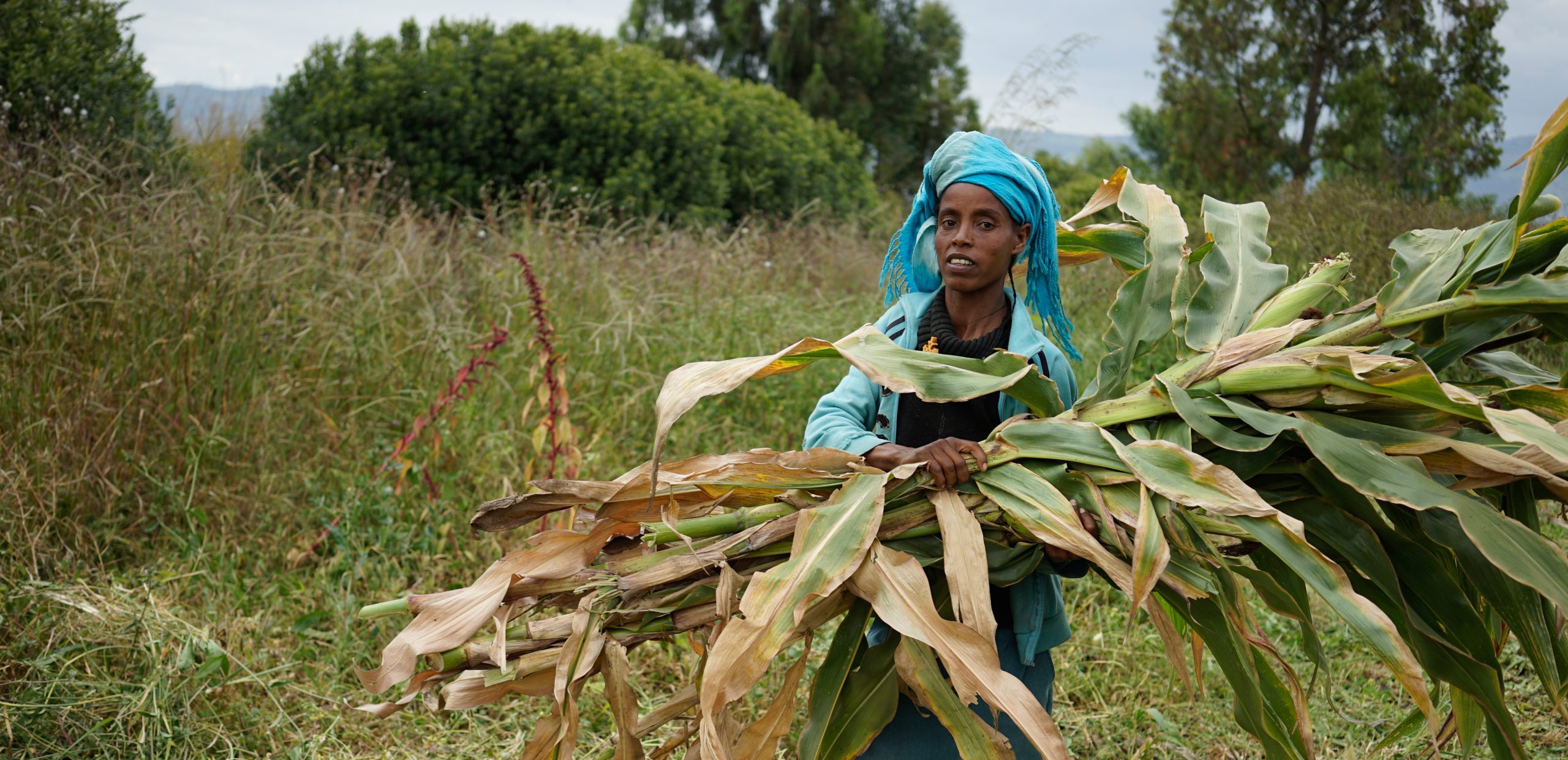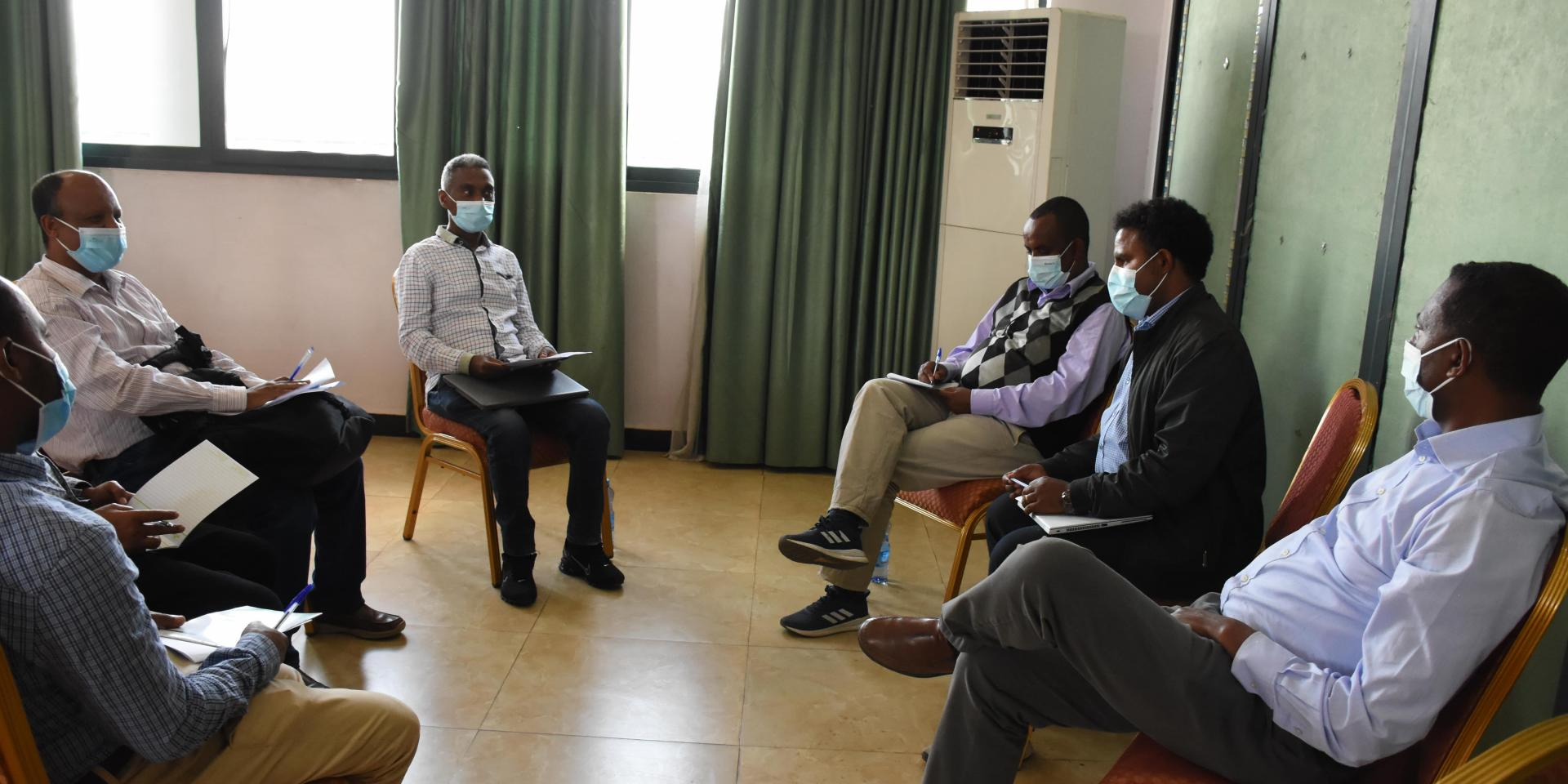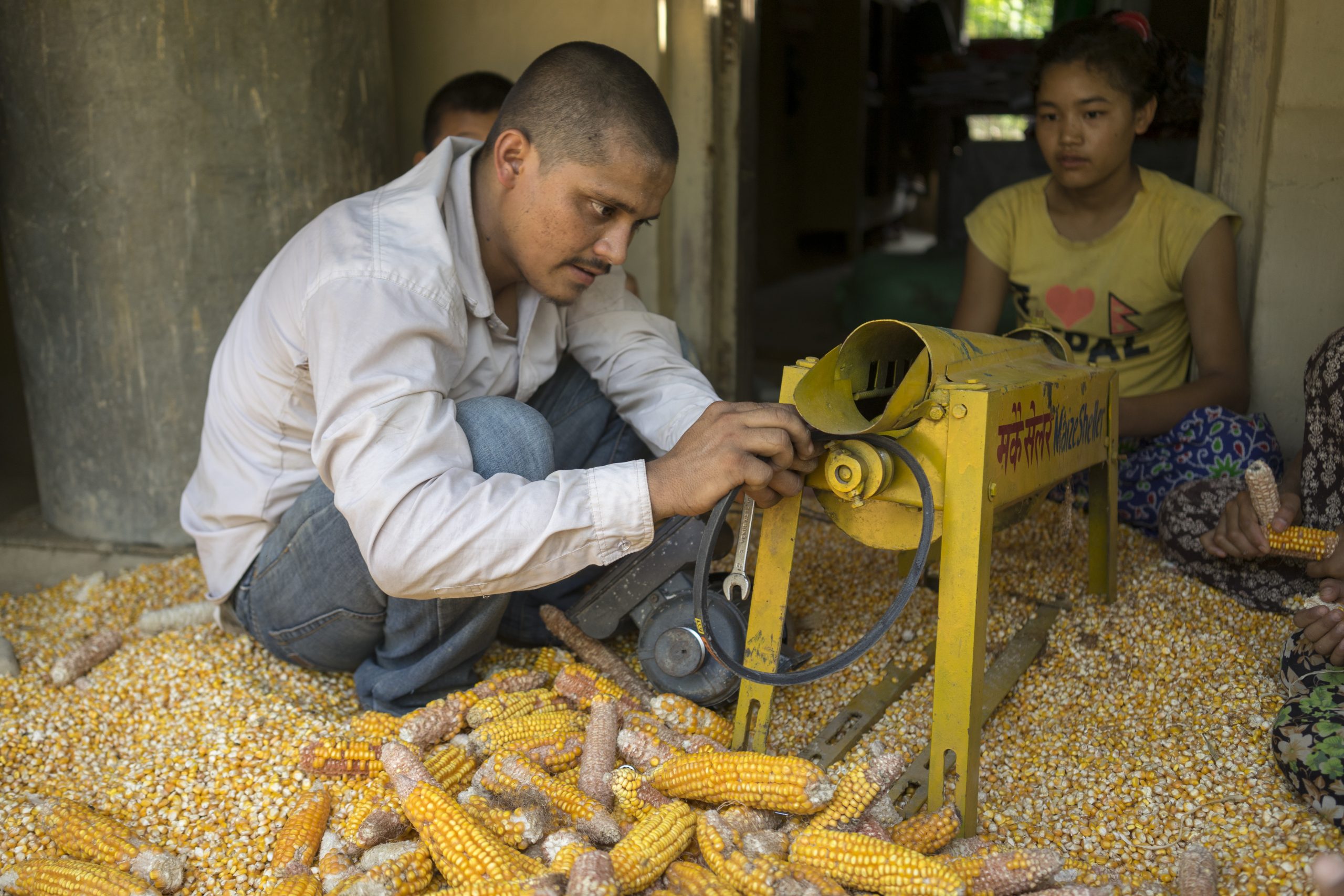Scientists from the International Maize and Wheat Improvement Center (CIMMYT) are working to understand the gender gap in climate change adaptations and the causes behind this disparity.
Using data from 2,279 farm households in Ethiopia, the results show a significant gap due to the observable and unobservable different characteristics of households headed by men and women. For example, women are less likely to adopt climate change adaptation measures due to their workload in household chores. However, evidence suggests that when the gender gap shrinks, climate change adaptation can be improved in female-headed households by almost 19%.
The study determined that policies must tackle unobservable characteristics in order to address the gender gap. Short-term projects and long-term gender-informed policies are essential in creating equitable opportunities for all.
This crucial work will support developing countries to achieve targets set by the United Nations Sustainable Development Goals (SDGs) and farming households’ susceptibility to the risks of climate change.
Read the study: Gender and climate change adaptation: A case of Ethiopian farmers
Cover photo: Female farmer harvests green maize in Ethiopia. Women are essential to the agricultural sector, but the gender gap prevents them from embracing climate change adaptation measures. (Photo: Peter Lowe/CIMMYT)


 Climate adaptation and mitigation
Climate adaptation and mitigation 